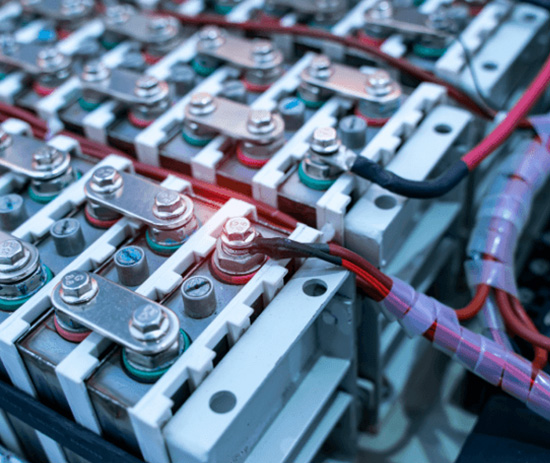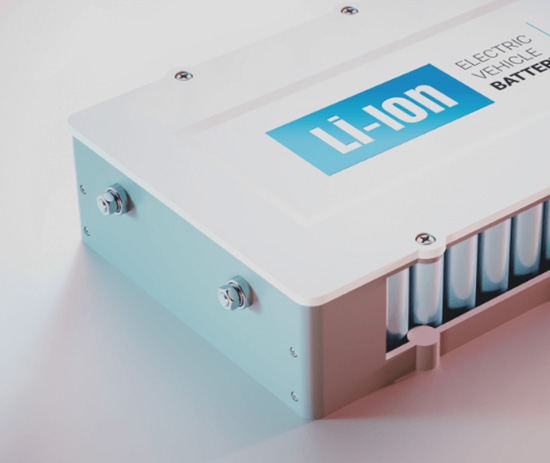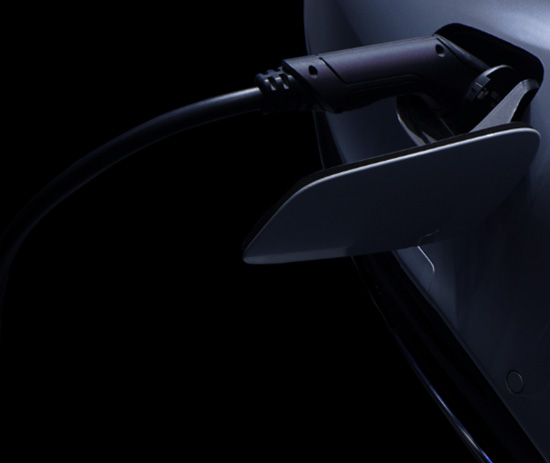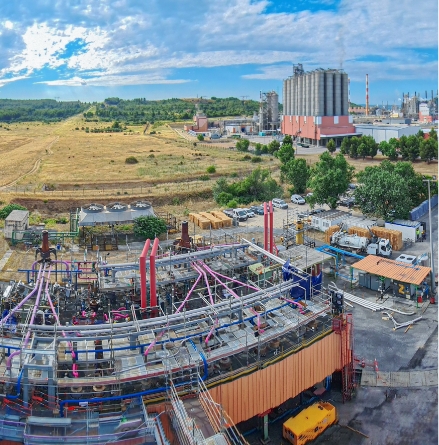Batteries
Every battery requires a conductive additive. Orion is one of only a few companies in the world that makes acetylene-based conductive additives, which are in high demand by the lithium-ion battery industry. Orion is also the sole producer of the material in the Western Hemisphere, with a plant in France and another under construction in the U.S.
Acetylene is a colorless gas widely used as a chemical building block. Orion’s production process turns acetylene into a powder. In France, the company has upgraded its plant with a wet-beading unit that pelletizes the powder, making it dust free and easier to handle. The material has excellent process-ability, high purity and low moisture absorption.
Orion has products for a variety of batteries:
- Lithium-ion batteries: The PRINTEX® kappa 100 grade for lithium-ion batteries offers low moisture absorption, high purity and high conductivity.
- Lead-acid batteries: The PRINTEX® kappa family of products is produced for advanced lead-acid battery technology, enabling batteries to achieve high DCA performance and maintain acceptable water loss.
- Primary batteries: Orion’s conductive additives function in many different primary batteries such as zinc-carbon, zinc-air, Li-primary batteries to ensure the electrical conductivity of the cathode.



Producing acetylene black and adding the material to lithium-ion batteries
Orion’s highly conductive acetylene black plays a major role in the lithium-ion battery. Not only does it provide electrical conductivity. The material’s purity also contributes to higher power density and longer cycle life. Produced under a high-quality standard in one of our plants, our individual products are further processed by lithium-ion cell producers before they go into electrical vehicles. Where exactly our acetylene black is located and what it does there is explained in this animation. Feel free to contact us if you have any questions!


Orion’s plant in Berre-l’Étang, France
This plant is virtually a zero-waste facility with very low emissions of nitrogen oxide (NOx) and sulphur oxide (SOx).
The facility repurposes a byproduct — acetylene gas — from a neighboring plant and upcycles it to create high-value conductive additives. The plant has a much more favorable environmental profile than traditional carbon black facilities.

How can we help you?
With 15 production sites and four technical centers worldwide, we are always close to our customers. If you would like to contact us please use the contact form on our site or go to our contact page.






